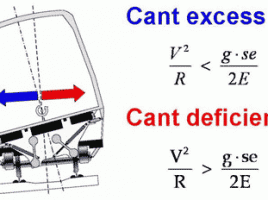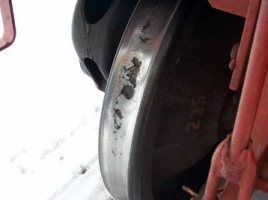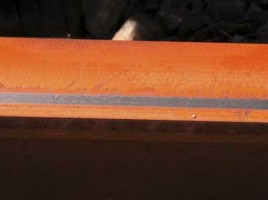Testing Railway Vehicles to Improve Vehicle/Track Interaction
By Robert Masar • March, 2006 Significant increases in high-speed international traffic throughout Europe have led European railways to establish new comprehensive technical rules to ensure acceptable parameters for vehicle/track interaction. Current measuring systems and data collection and processing capabilities have made it possible to test and homologate new railway vehicles …



